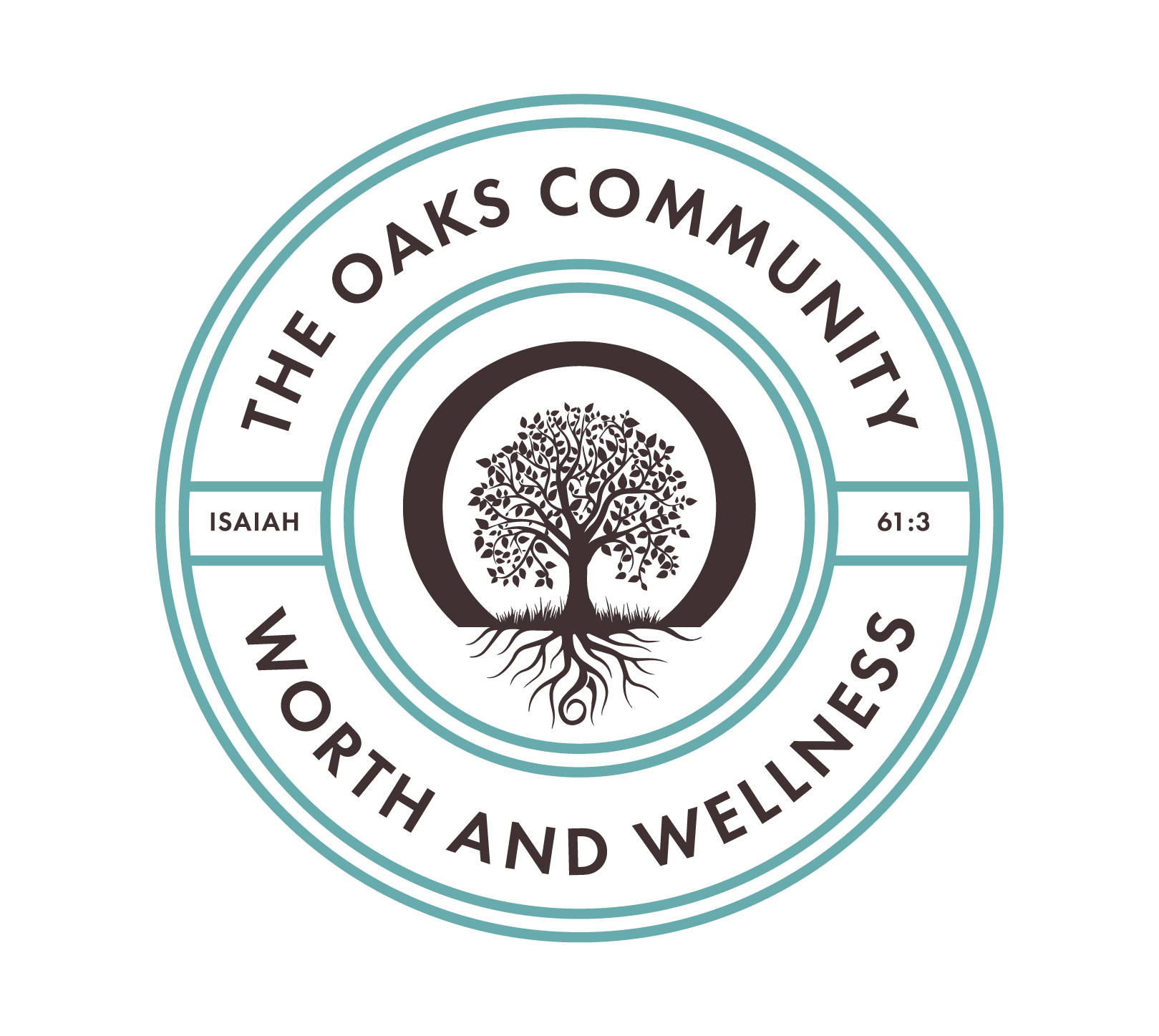Post Traumatic Stress Disorder
Post Traumatic Stress Disorder “is a mental health problem that some people develop after experiencing or witnessing a life-threatening event, like combat, a natural disaster, a car accident, or sexual assault. It's normal to have upsetting memories, feel on edge, or have trouble sleeping after this type of event. If symptoms last more than a few months, it may be PTSD (US Department of Veterans Affair, 2020).” If you experience these symptoms, but then they subside, you could be experiencing Acute Stress Disorder.
Here are a few statistics on PTSD:
• About 6 of every 10 men (or 60%) and 5 of every 10 women (or 50%) experience at least one trauma in their lives.
• About 7 or 8 out of every 100 people (or 7-8% of the population) will have PTSD at some point in their lives.
• About 8 million adults have PTSD during a given year. This is only a small portion of those who have gone through a trauma.
• About 10 of every 100 women (or 10%) develop PTSD sometime in their lives compared with about 4 of every 100 men (or 4%).
Some of the symptoms of PTSD include insomnia, depression, explosive episodes, anxiety, chronic pain, grief, suicide, and/or addiction (substance, pornography, sex, etc.). What is so challenging with PTSD is that it can change one’s demeanor. Before he/she may have been more social and active, but instead has become more recluse. Sometimes individuals’ stress tolerance level is lower, and daily responsibilities can feel overwhelming. Children’s learning can be affected. They will have a lack of focus, poor grades, loss of interest, and can become more withdrawn. PTSD can change someone instantly, which is not only challenging on the individual, but also his/her support system.
PTSD can be treated through therapy and/or psychotropic medications. Some of the different types of therapy that have been successful are EMDR (eye movement desensitization reprocessing), Brain spotting, CBT, and Prolonged Exposure to name a few. Psychotropic medications treat the symptoms, but in my opinion need to be combined with therapy to be successful.
Go to this link for more information about counseling and psychotropic medications.
Now what to do? Talk to a trusted family member or friend about resources. Some companies even offer an employee assistance program which will assist you in finding a therapist and paying for sessions. When searching online to find a professional who specializes in treating PTSD or Acute Stress Disorder, you may want to review the above link about their specific training in treating PTSD or Acute Stress Disorder. If your child is experiencing PTSD, ask the school counselor or social worker for resources. Please get help. I have treated PTSD, ages 13+, and have seen the long-term effects this disorder has on individuals not only mentally, but also physically.
If you have a family member who has PTSD, there are also resources available for you. You may also be experiencing similar symptoms. It’s important that you take care of yourself and find a professional and/or community who can support you.
At The Oaks, we provide a safe community that encourages individuals to take care of themselves both physically and mentally. We understand how hard it is to take the first step in finding help, but please know you are worth it!!
Additional Resources
https://www.samhsa.gov/find-help/national-helpline
https://www.ptsd.va.gov/,
https://www.nami.org/About-Mental-Illness/Mental-Health-Conditions/Posttraumatic-Stress-Disorder
https://www.nimh.nih.gov/health/topics/post-traumatic-stress-disorder-ptsd/
Article written by:
Michelle Gallimore, Clinical Director, The Oaks Therapeutic Community, Inc.
